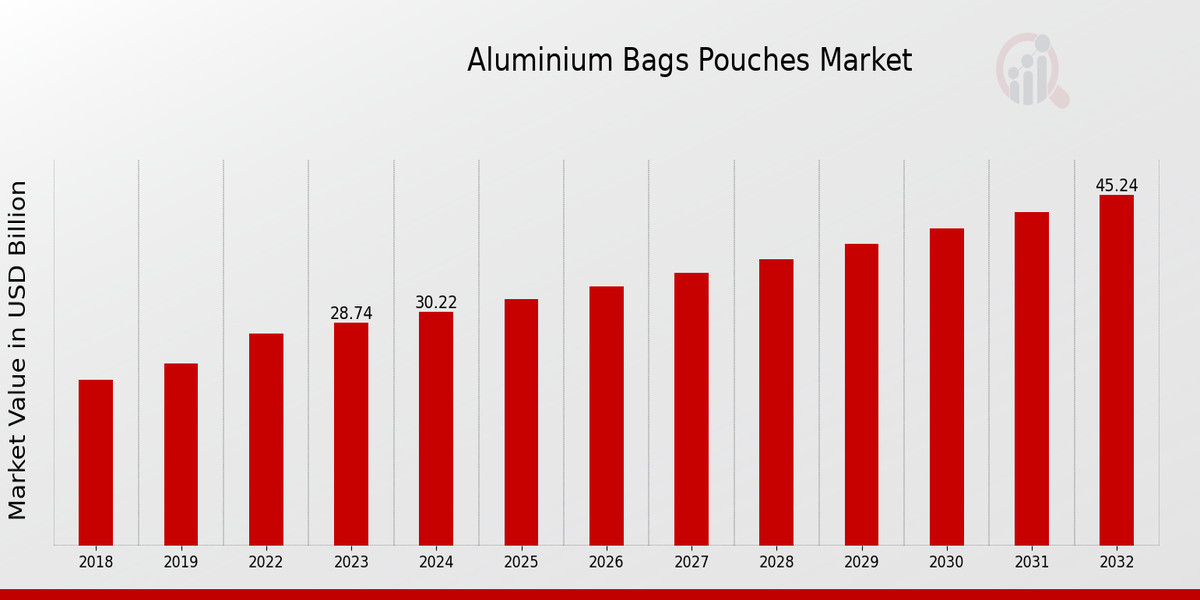Beyond Traditional Breeding: The Evolution of Genetically improved rice seeds in the Hybrid rice seed market
The ongoing transformation of the hybrid rice seed market is intrinsically linked to the continuous scientific advancement in breeding, positioning Genetically improved rice seeds as the driving force behind productivity gains and enhanced crop resilience. This evolution moves far beyond conventional cross-breeding, utilizing sophisticated molecular tools to precisely enhance the rice genome.
Genetically improved rice seeds are the product of modern agricultural science, integrating desirable traits like higher yield potential, enhanced nutritional content, or resistance to specific biotic and abiotic stresses. The technology employed in creating these seeds includes molecular marker-assisted selection (MAS), which allows breeders to quickly and accurately identify and select plants possessing target genes. This accelerates the breeding cycle, making the process of transferring complex, desirable traits into commercial hybrid lines significantly faster and more predictable than traditional field selection.
The strategic importance of Genetically improved rice seeds in the hybrid rice seed market lies in their ability to address complex challenges that traditional methods struggle to resolve. For instance, resistance to multiple diseases or tolerance to soil salinity often requires the precise combination of several genes. Molecular techniques enable the stacking of these multiple traits into a single seed, creating a highly robust and multi-functional hybrid that provides a complete solution to the farmer. This level of precision breeding ensures the stability and durability of the genetic enhancement across generations.
Furthermore, the focus on Genetically improved rice seeds extends to post-harvest quality. Breeders are developing varieties with improved grain quality characteristics, such as enhanced milling recovery, desirable aroma, specific starch properties, and longer shelf life. These quality traits are vital for meeting the diverse demands of food processors and consumers, ensuring the rice remains commercially viable and palatable after harvest. This dedication to enhancing both yield and quality underscores the sophistication of the modern seed industry. For industry professionals seeking a strategic overview of the latest molecular breeding technologies, regulatory frameworks, and intellectual property landscape related to genetic improvement, detailed market analysis is indispensable. The factors influencing the development and adoption of these crucial high-technology seeds are examined in reports on the hybrid rice seed market.
In conclusion, the sustained investment and innovation in Genetically improved rice seeds are fundamental to the hybrid rice seed market, providing the technological capability to meet the escalating global demand for abundant, high-quality, and resilient rice supplies.
FAQs
1. How does Molecular Marker-Assisted Selection (MAS) accelerate the development cycle of genetically improved hybrid rice?
Molecular Marker-Assisted Selection (MAS) accelerates the process by allowing breeders to identify the presence of specific desired genes (like a disease resistance gene) in a seedling's DNA, rather than waiting months for the plant to fully mature and exhibit the physical trait in the field. This allows for rapid screening and selection of promising breeding lines early in the cycle, significantly cutting down the total time required to develop a new commercial hybrid.
2. What does it mean for a hybrid rice variety to have "enhanced nutritional content"?
Enhanced nutritional content means the variety has been genetically improved to contain higher levels of specific micronutrients essential for human health. This may include biofortification, where the rice grain is naturally enriched with higher levels of iron, zinc, or specific pro-vitamins (like Vitamin A) to address prevalent dietary deficiencies in regions where rice forms a staple part of the diet.















